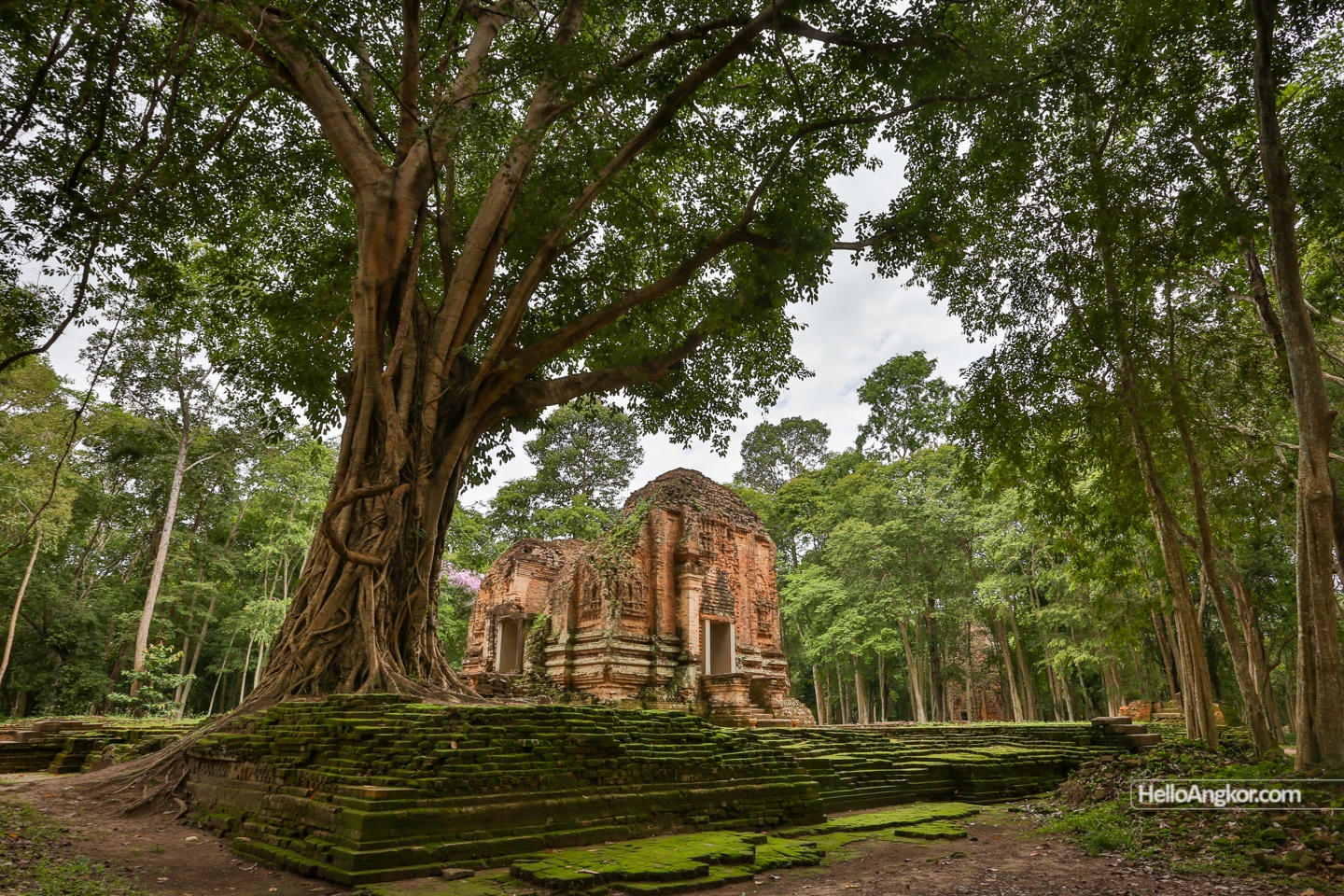Located in the Sambor Prei Kuk group of temples, Prasat Sambor, or North Group, was built in the 7th century under the reign of King Isanavarman I (reign 616-637 AD) and dedicated to the Hindu god Shiva, whilst the site also received alterations in the 10th century under King Rajendravarman II (reign 944-968 AD). The large site features triple enclosure walls containing some 14 temples with a causeway that leads to the east which is believed to have once connected to the Stung Sen River.
The site retains two inscriptions, according to George Coedes, the legendary French scholar of the early 20th century, one notes the wife of King Isanavarman I, Sakaramanjari, erecting a statue of a goddess and allocation of provisions to the temple. A second inscription from the 10th century invokes Hindu gods (Shiva, Nilakantha, Vishnu Pankajanabha, and Brahma Caturmukha), praises the king of the time, Rajendravarman, and notes a seemingly important servant, Vikramasimha, who restored the cult of Gambhiresvara at Isanapuri (Sambor Prei Kuk).
The third outer enclosure may not easily be noticed by visitors today, also, the main road passes through it and in effect dissects several temples that are technically part of Prasat Sambor. Therefore, I’ll cover them separately here: Chrei Temple, Asram Moha Russei, Prasat Deum Chan, and Sreng Treach/Praying Rain Temple.
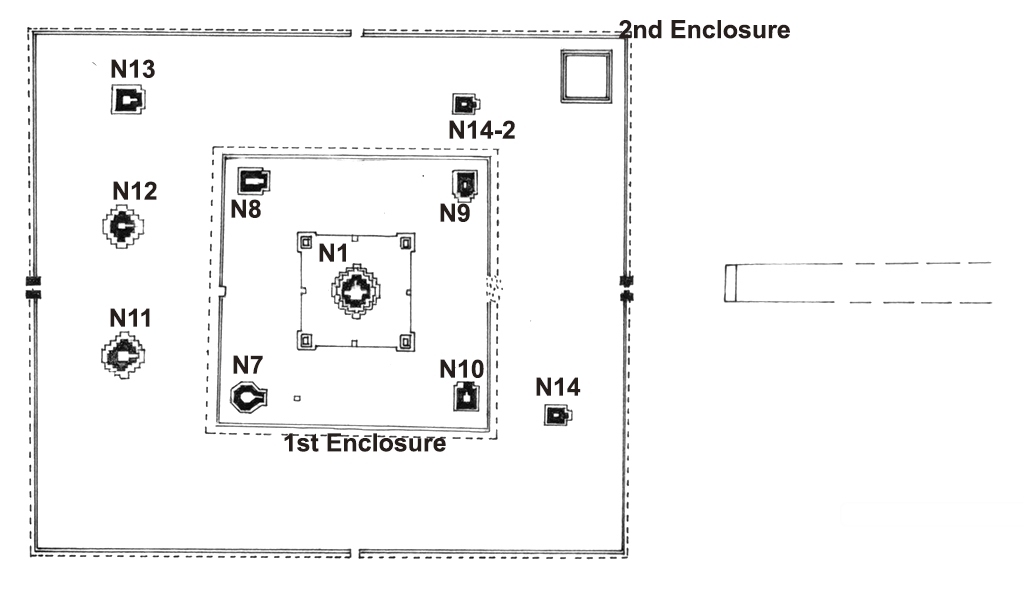
Inside the second enclosure are five temples of which N11 is the highlight, the others are partly standing, N14-2 features a very ornate and beautiful pedestal and N14 retains one of the inscriptions mentioned earlier.
Inside the first, or inner enclosure, there is a temple in each corner, of differing styles. According to researchers, N9 featured a statue of Durga (consort of Shiva) and a replica can still be seen in situ, N10 featured a statue of Harihara (half Shiva/half Vishnu) of which there is also a replica statue in situ, and in N7 a statue of Vajimukha/Kalkin (human with horse head, the tenth incarnation of Vishnu) which was added during the tenth century. Several statues from here can be seen at the Phnom Penh National Museum and the statue of Vajimukha/Kalkin rests at the Guimet Museum in Paris.
At the very center, is the main temple, N1. Sitting atop a grand raised brick terrace featuring small shrines atop each corner and a large central temple its creates what would become a very familiar pattern in Khmer temple layouts, a quincunx pattern. The large central shrine opens in all directions and houses a rather large round spouted pedestal which is believed to have likely held a linga.
Surrounding the terrace, ornate pedestals can be seen, near N11 you can see an ornate door column, and traces of the inner enclosure can still be seen in places. The inner enclosure wall (last three pictures in the below group) would have been quite interesting, formed of brick with sandstone posts, ornate embellishments, and a band of sandstone columns creating a window of sorts.

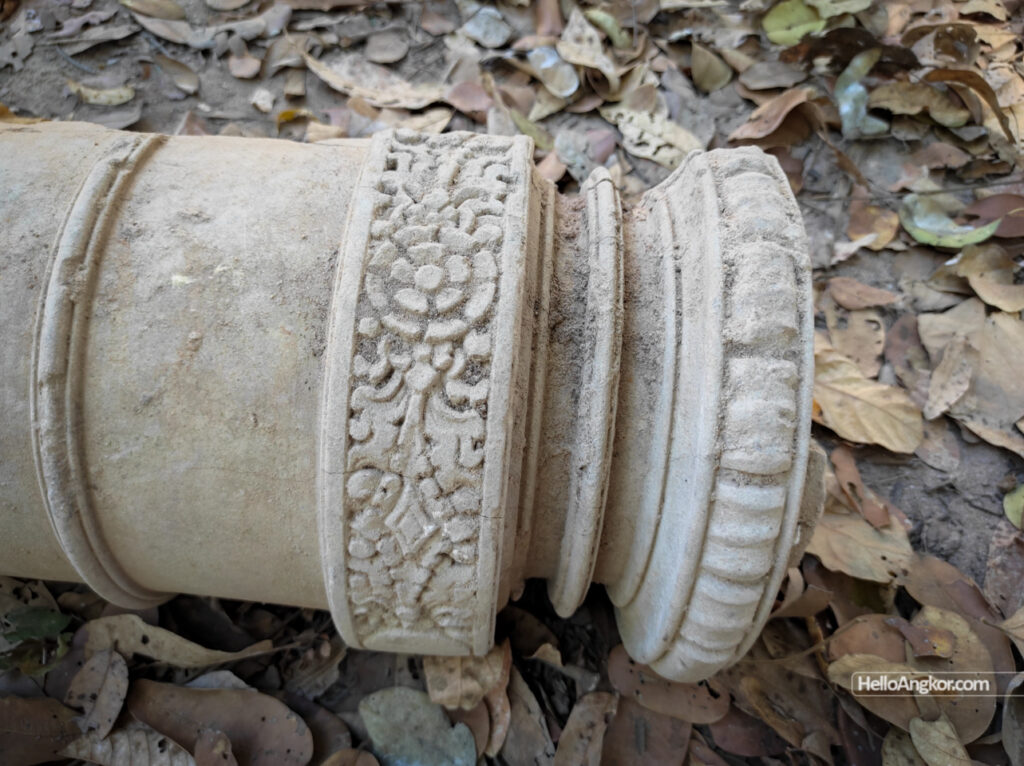
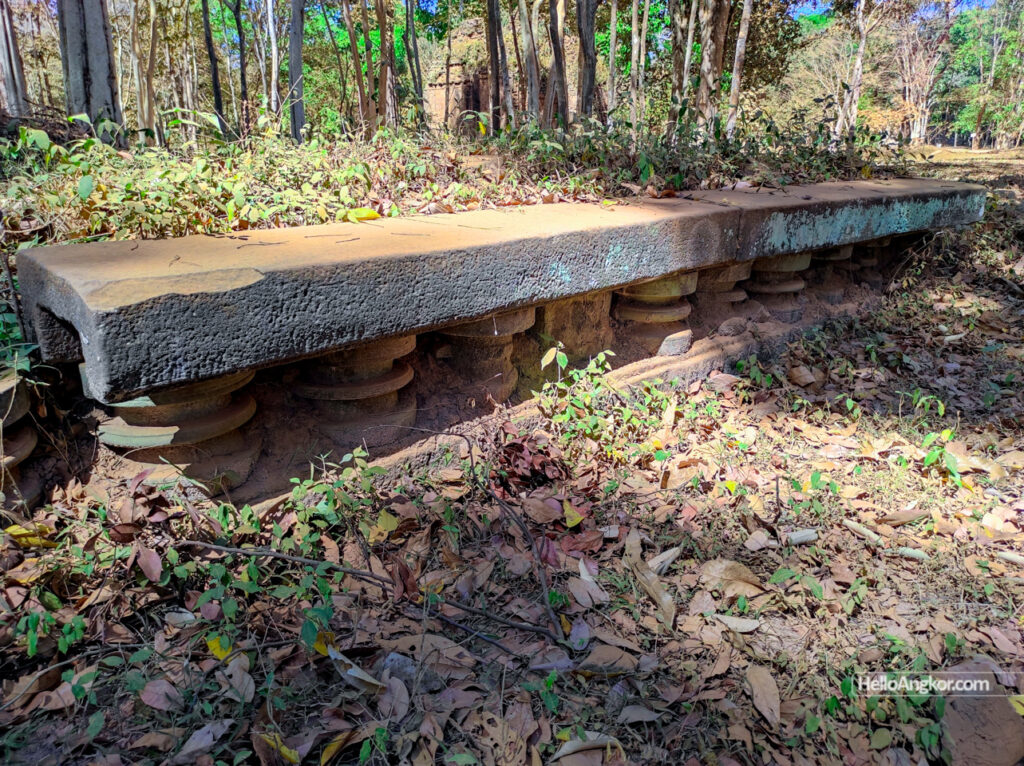

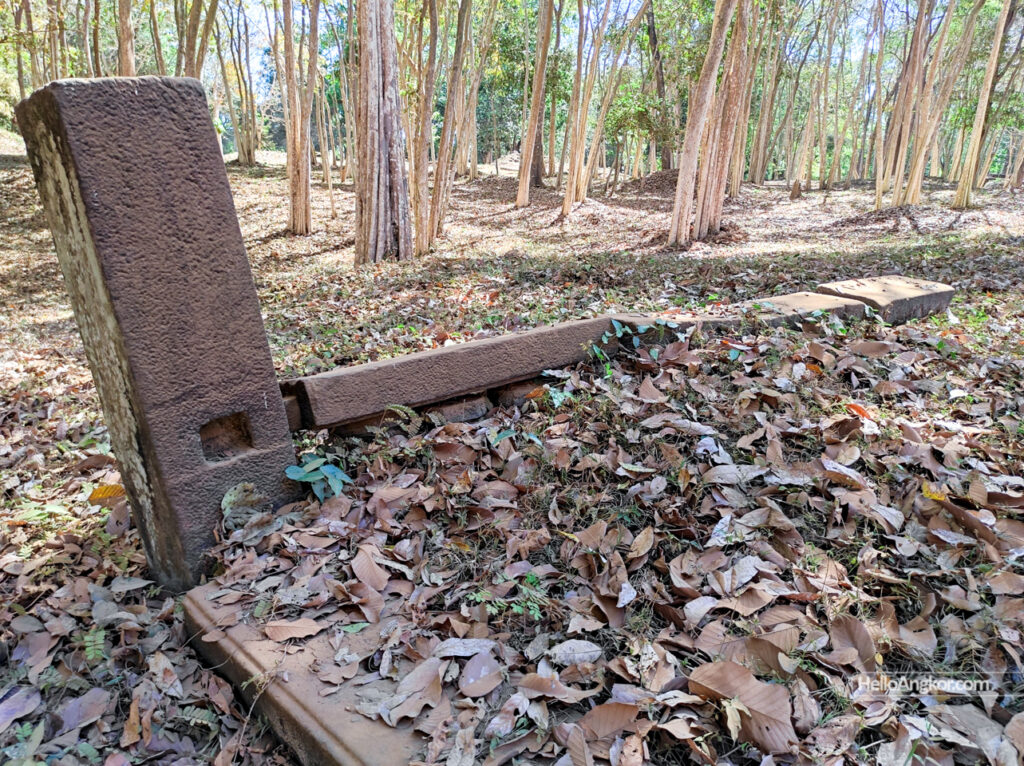
The Temples of Prasat Sambor
N14 – carries the inscription K. 437
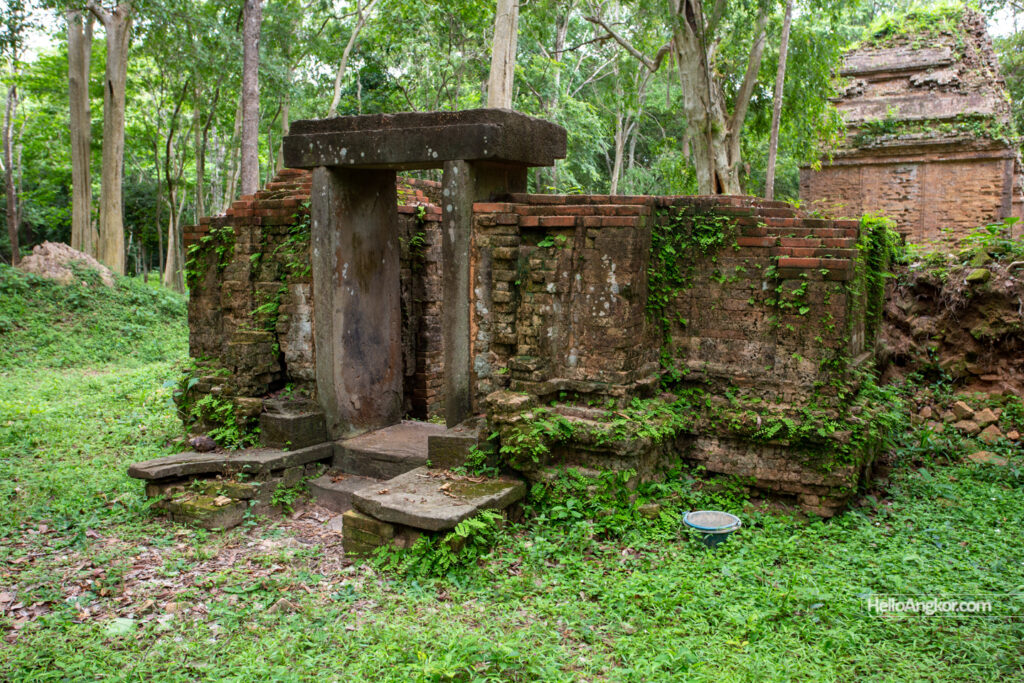
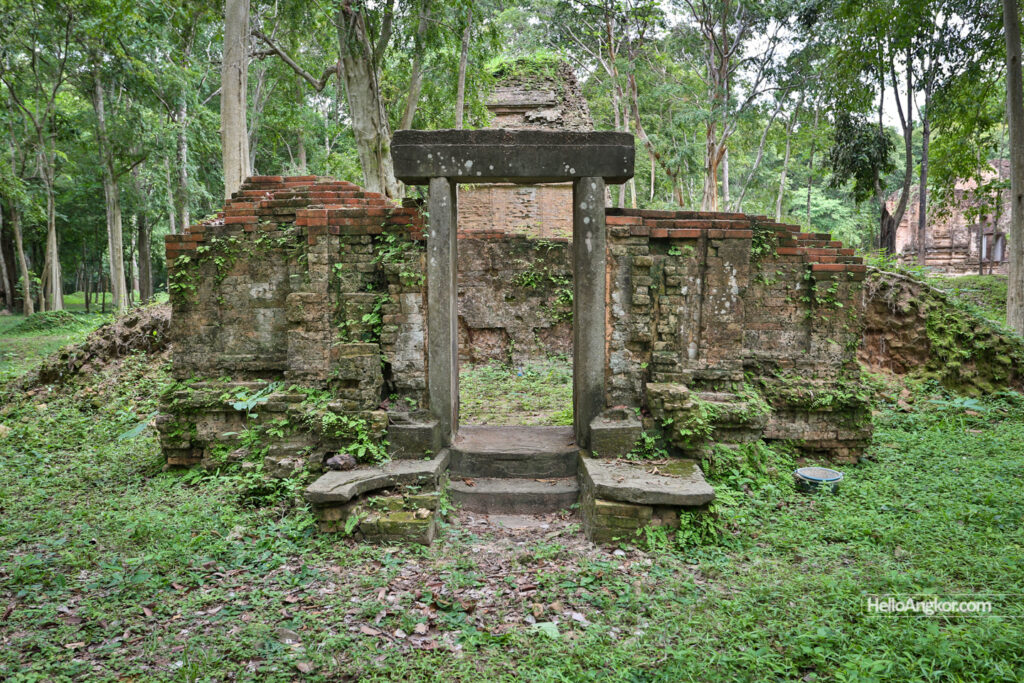

N14 -2 – featuring an incredibly ornate pedestal
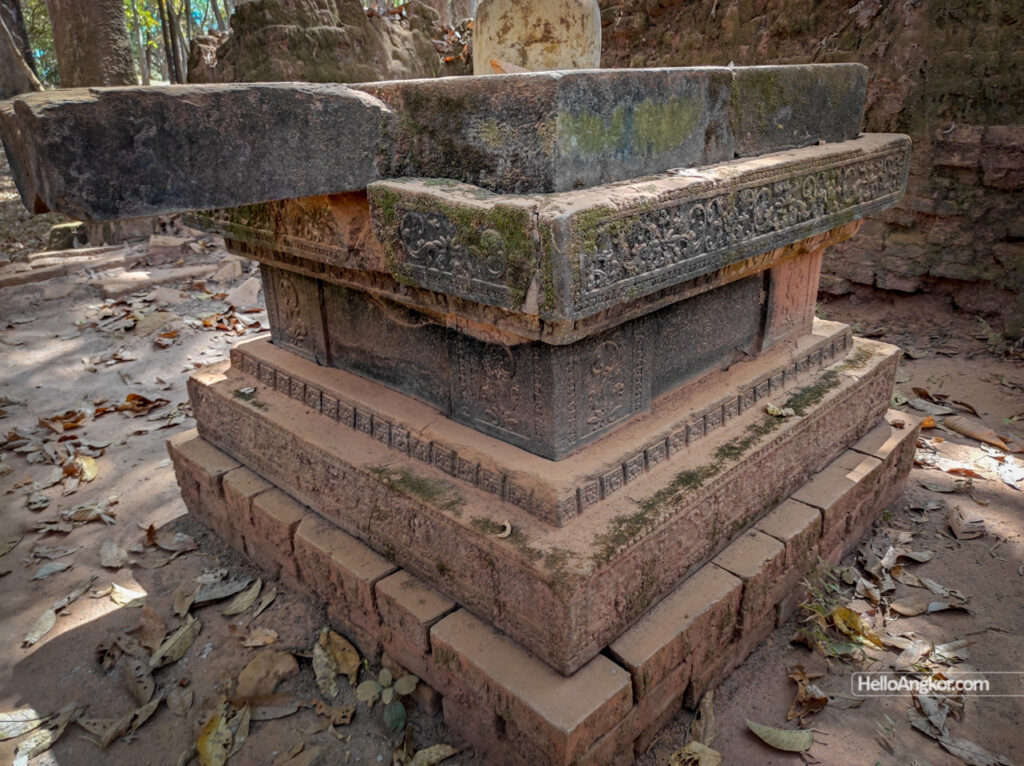
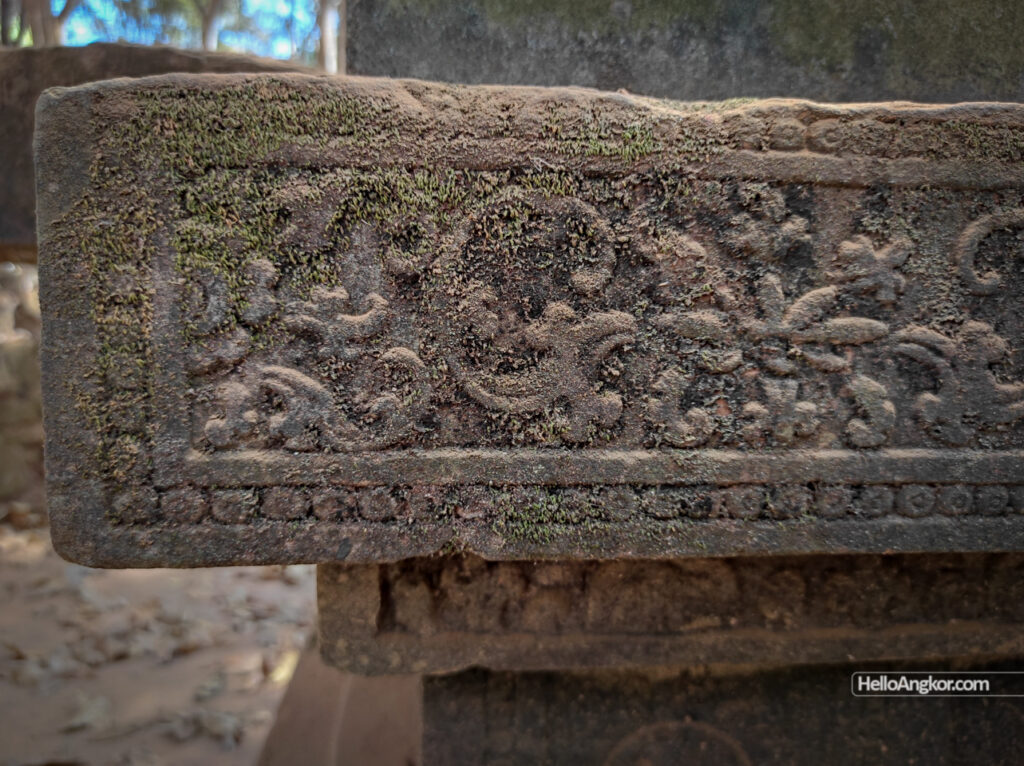

N12 – only partially standing and N13 – Rectangular with a hip-style roof.
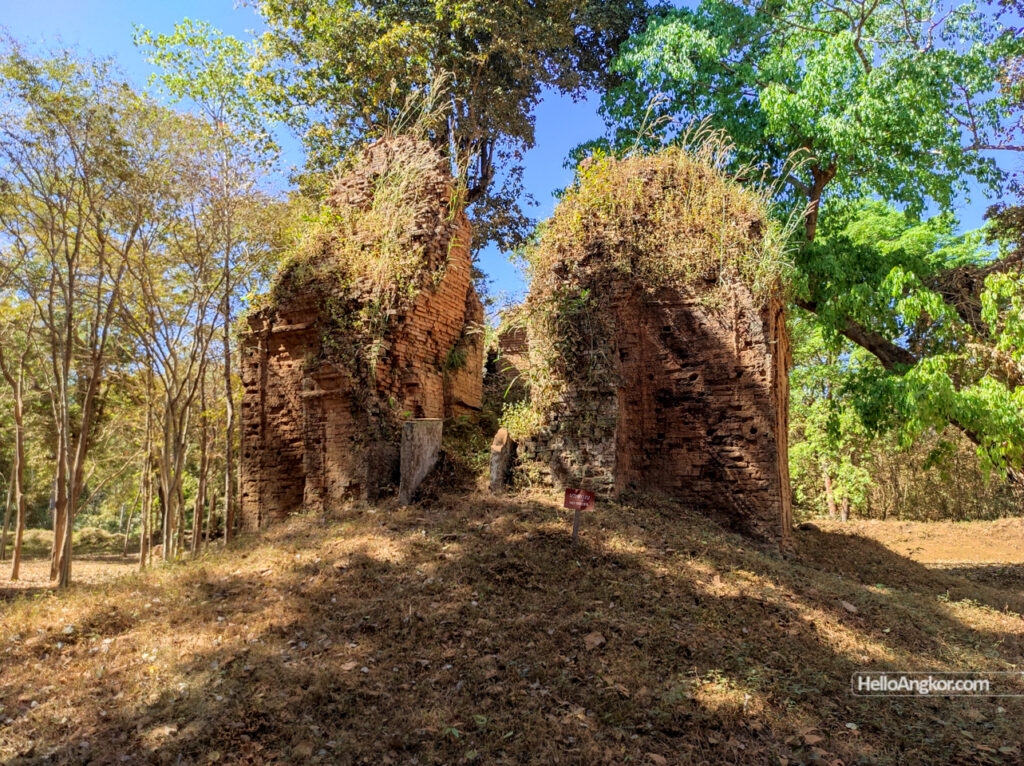
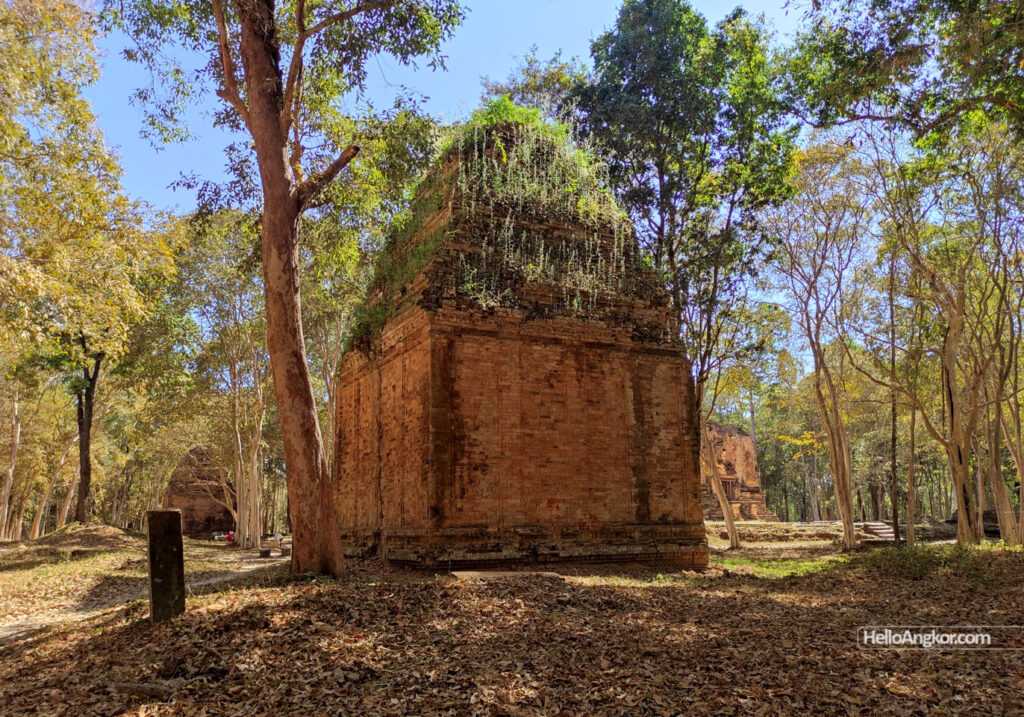
N11 – square prasat/temple tower opening to the east with false doors around its other sides, it retains beautiful artwork on its basement band and on its exterior walls featuring the ‘flying palaces’ typical of Sambor Prei Kuk.

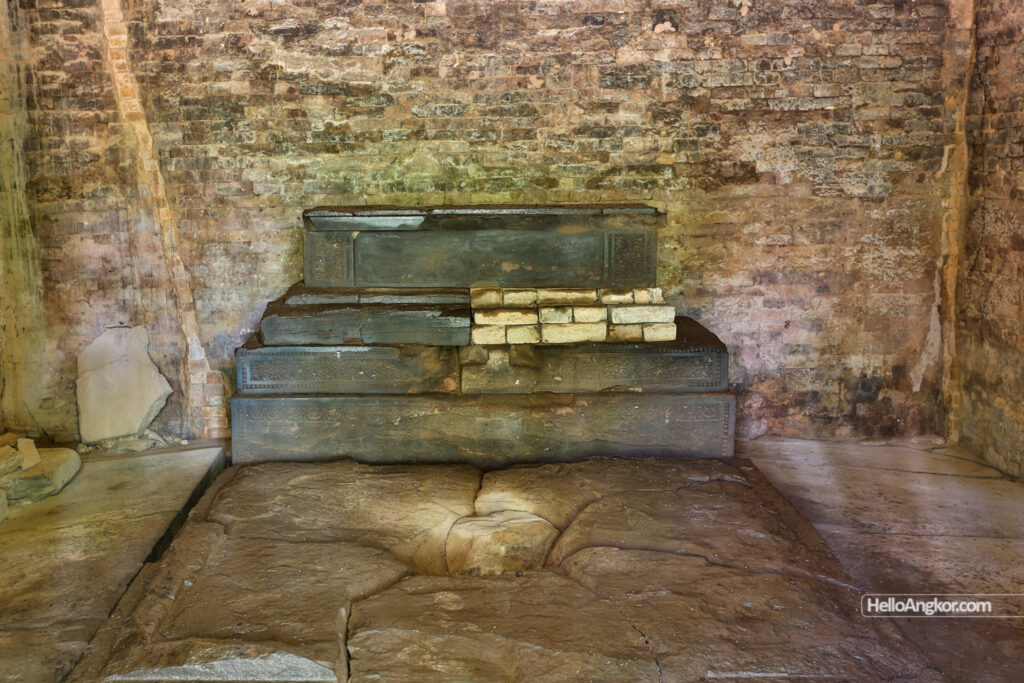
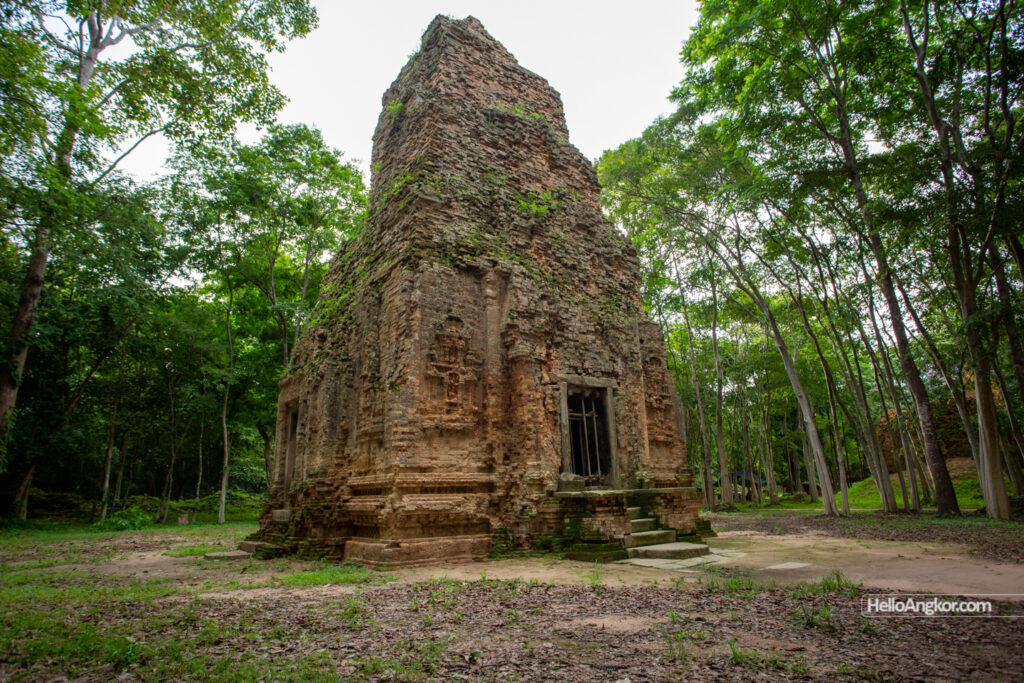
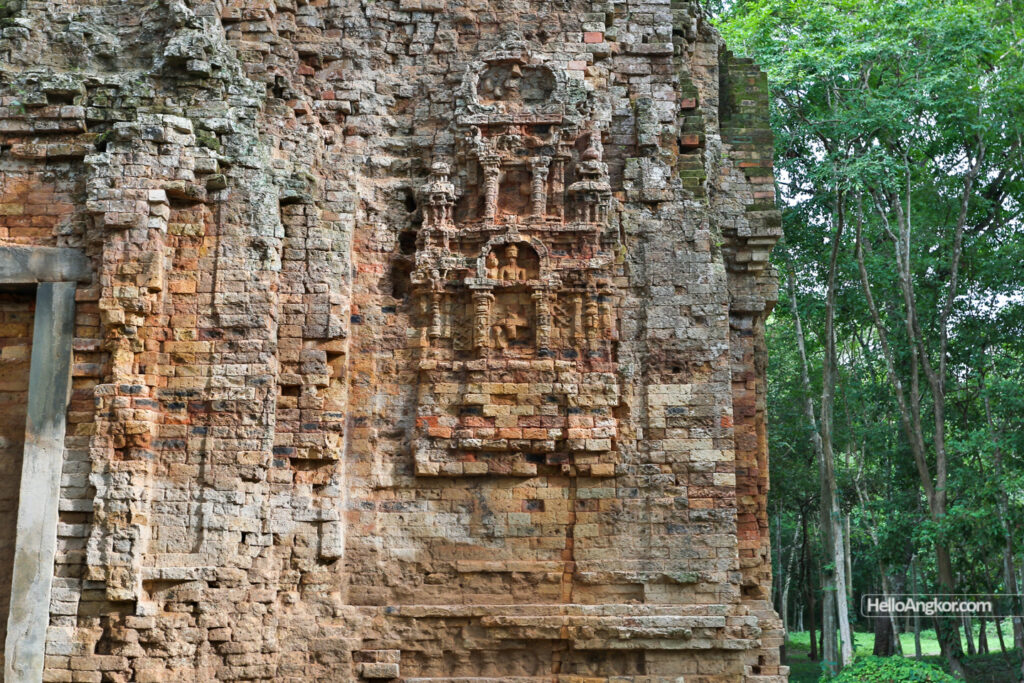
N7 – the octagonal tower of the group, featuring well-preserved ‘flying palaces’ decorating its outer panels and inside a round sandstone pedestal with an admirably large round sandstone base adding grandeur to the composition.
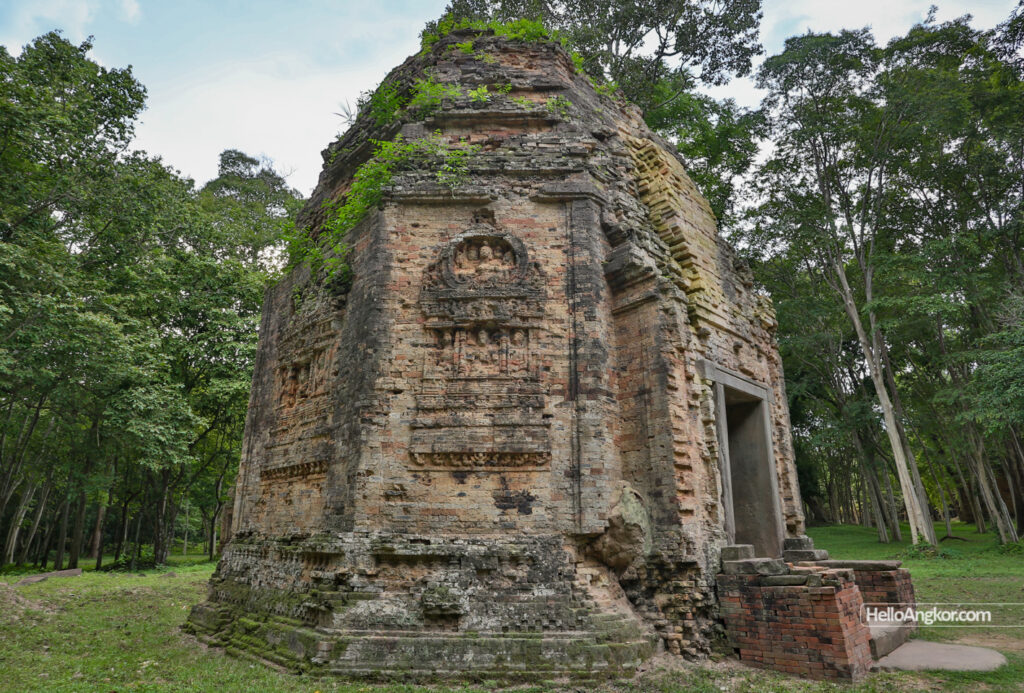
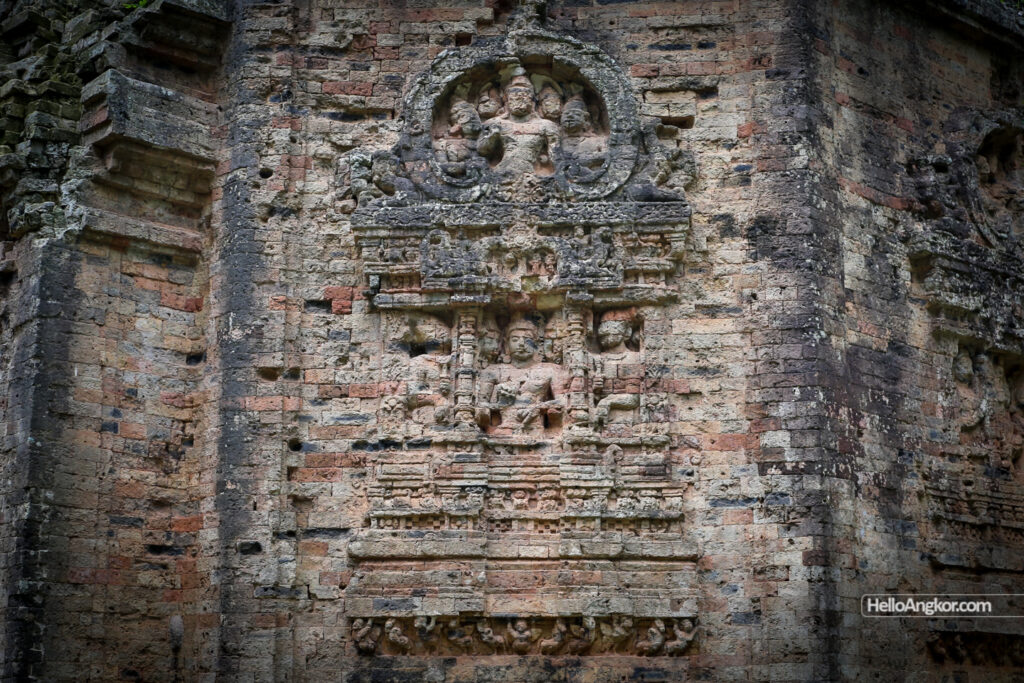

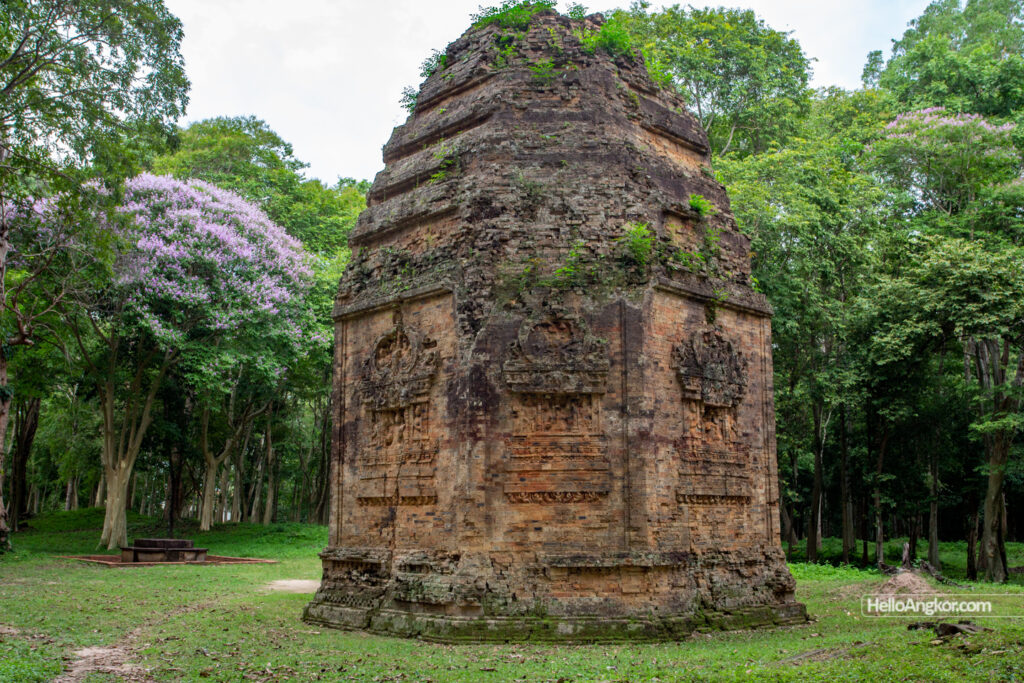
N8 – note the spout that exits the north wall, inside, water would have been sacralized by pouring over a deified object and collected outside. Also, note the scale of the forebody door and sanctuary door.
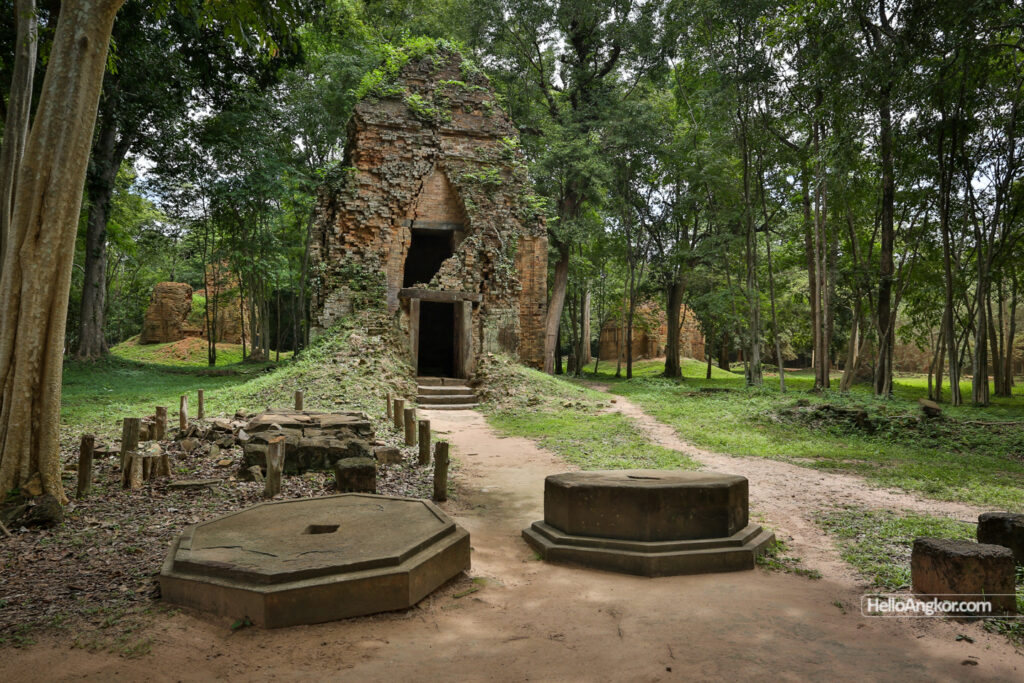
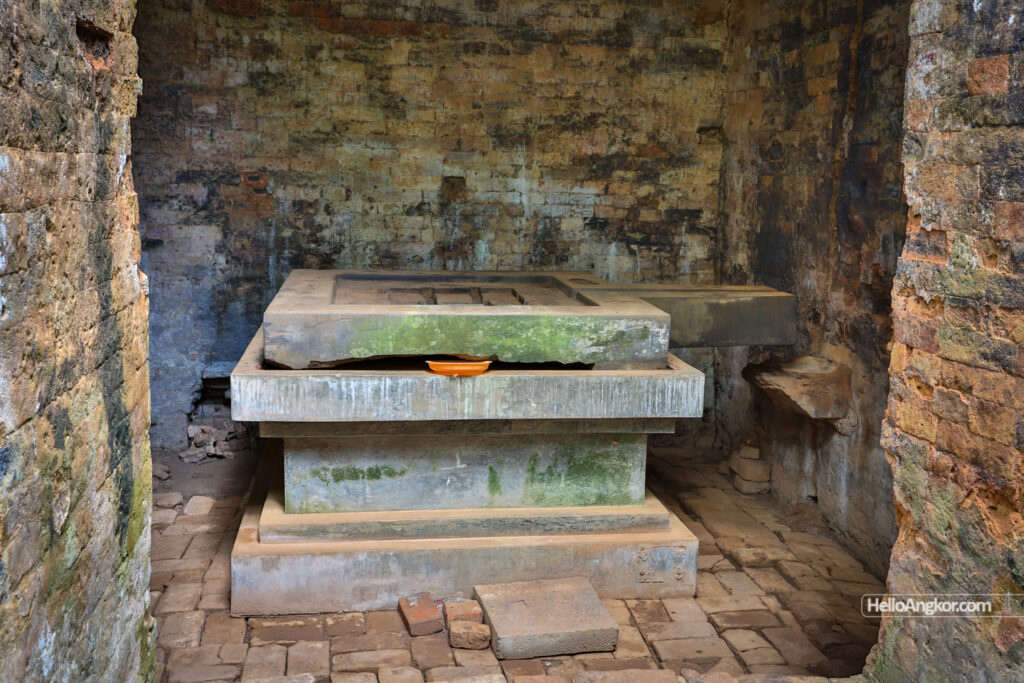
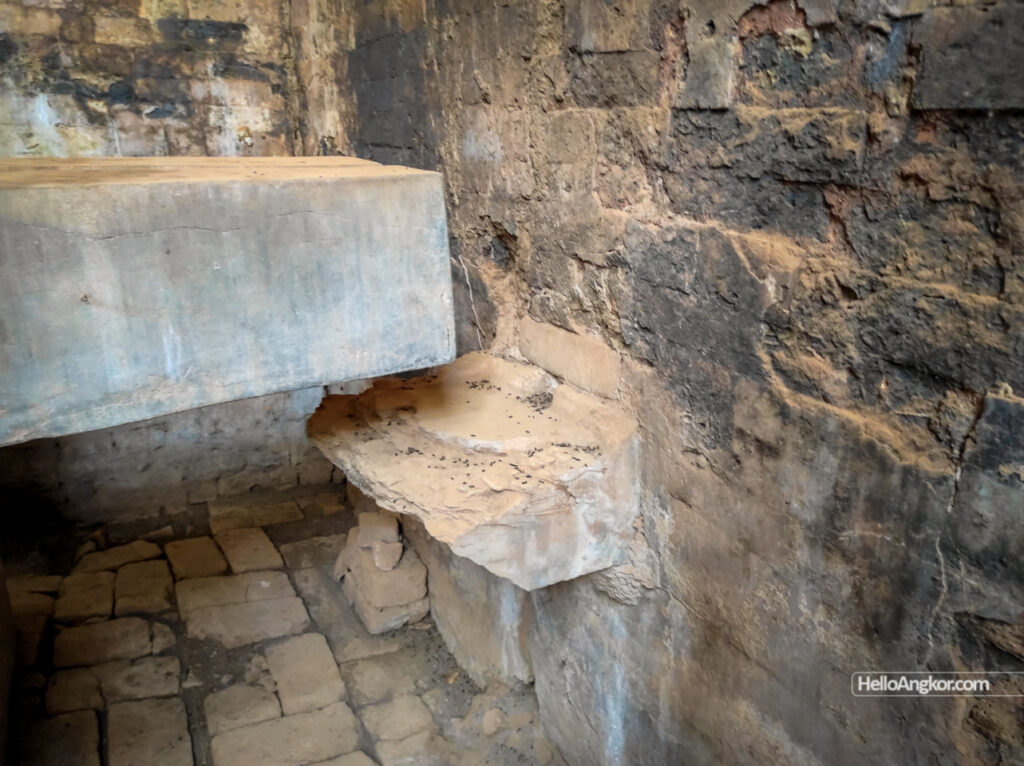

N9 – rectangular with pyramidal hip-style roof, similar to N10 but this time housing a statue of Durga. Note N10 and N9 open towards each other flanking the central axis of the temple.
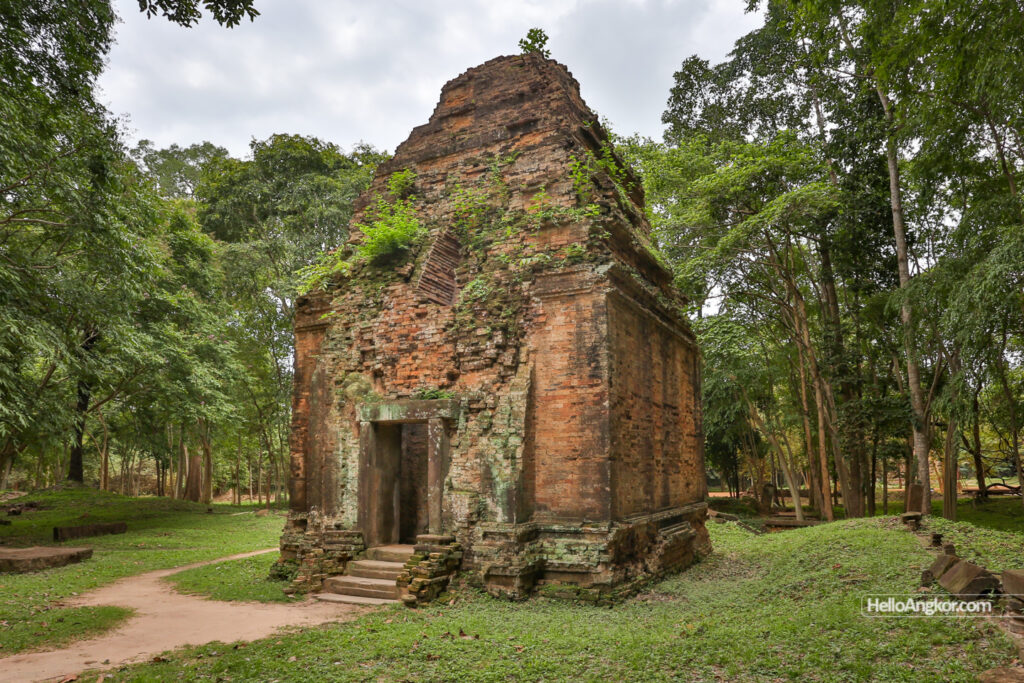
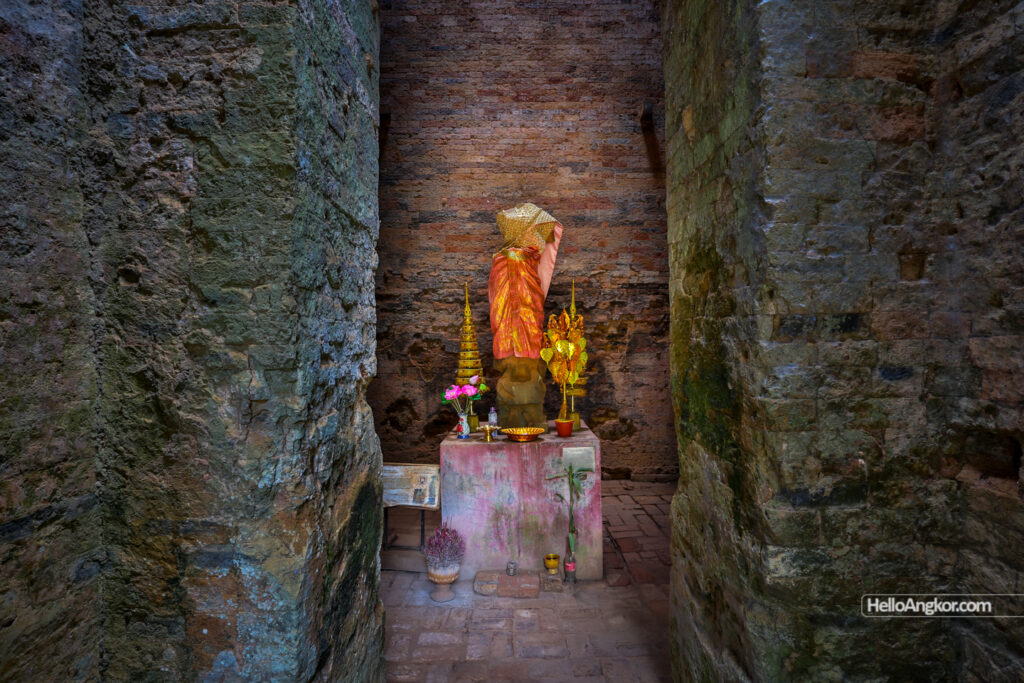
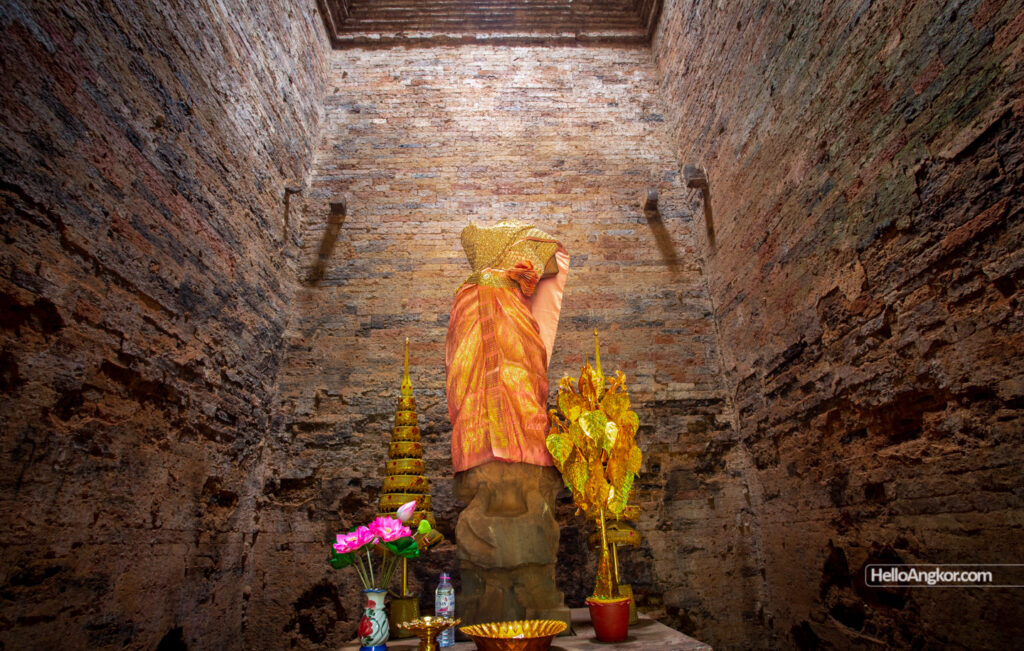
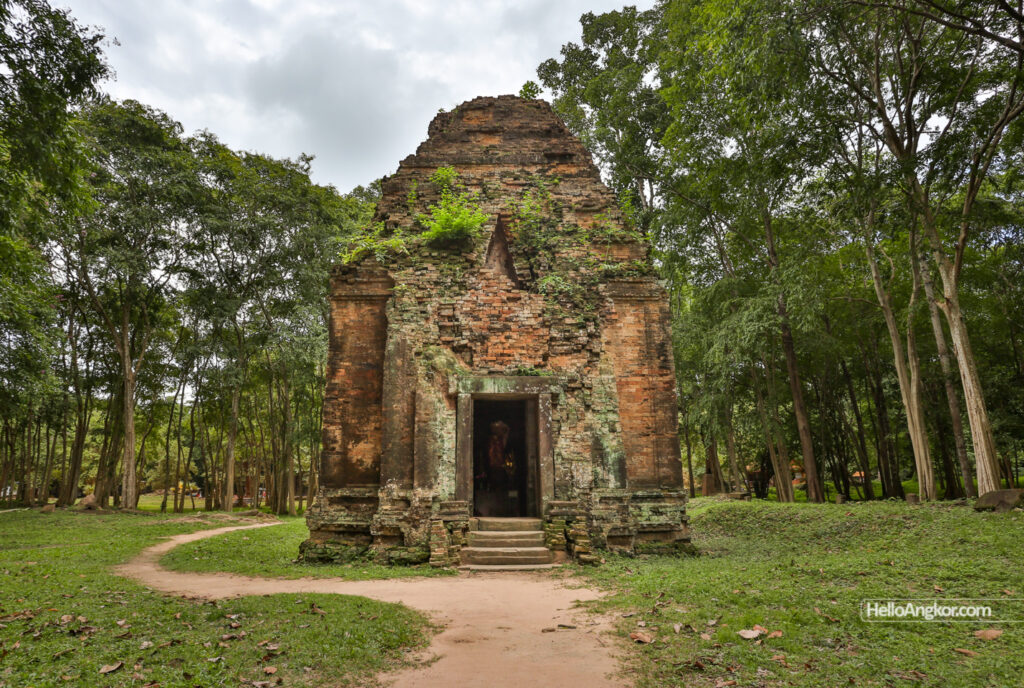
N10 – note the ornate pedestal and what may have been a pedestal for the ‘nine deities, look up for sandstone hooks that retained a ceiling drape. And of course the replica Harihara statue.
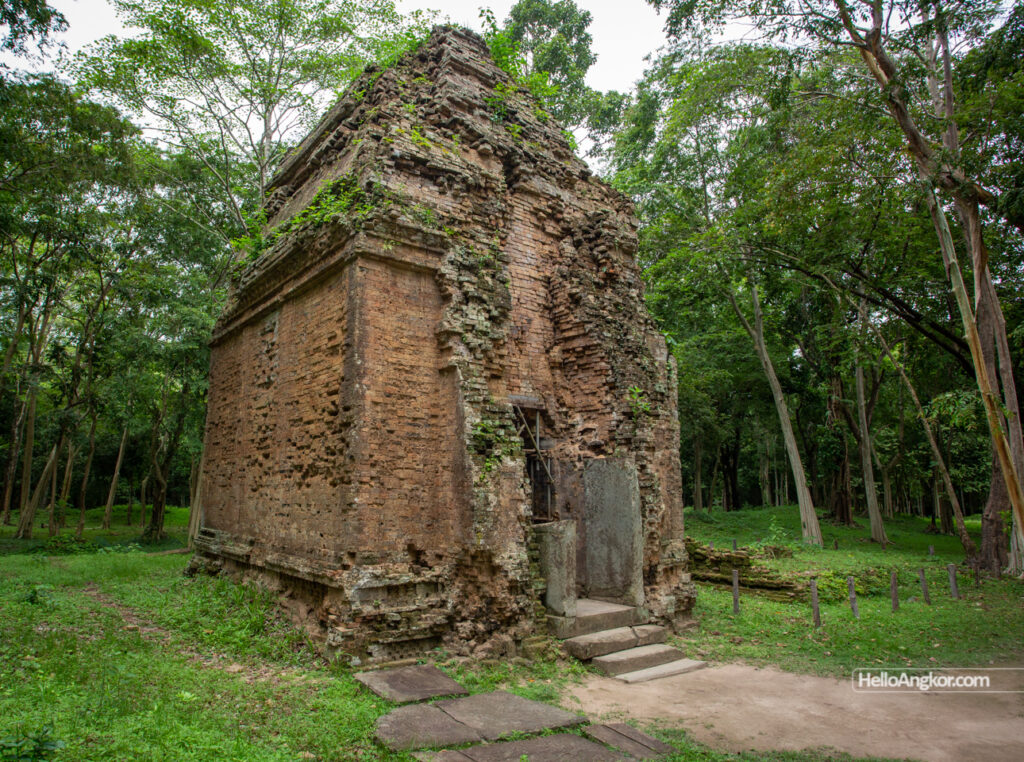
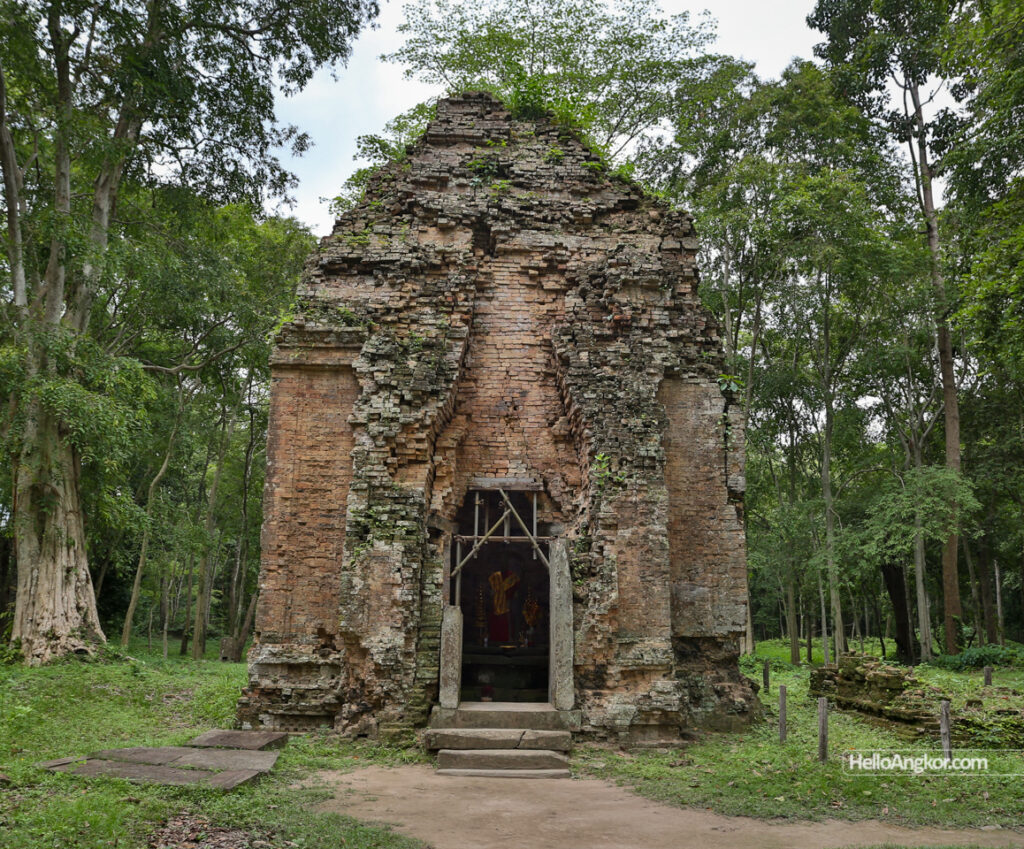
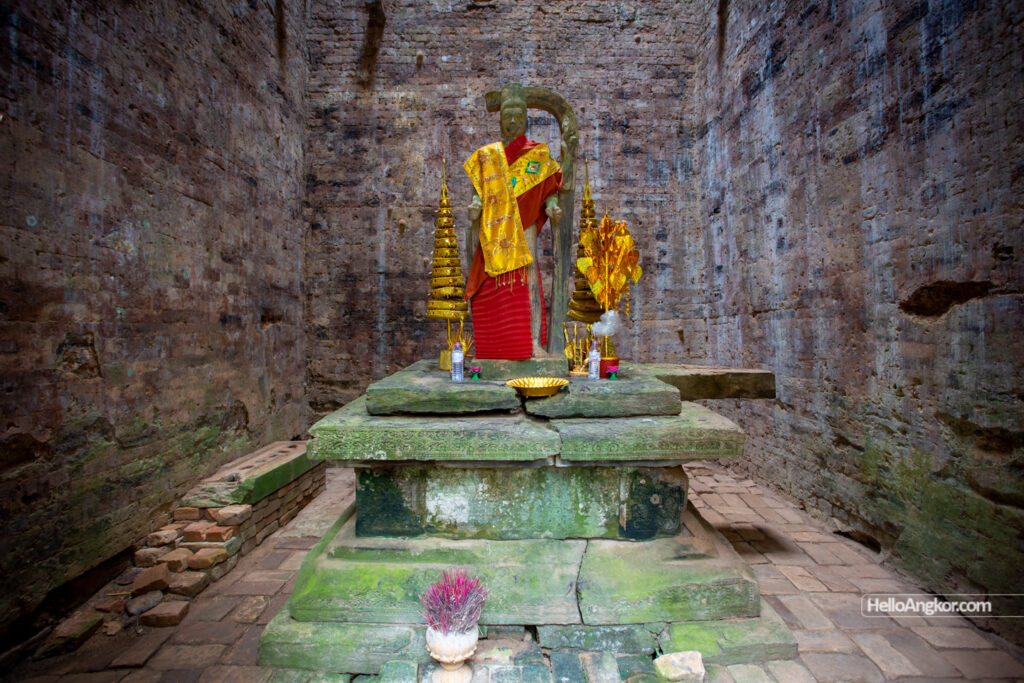
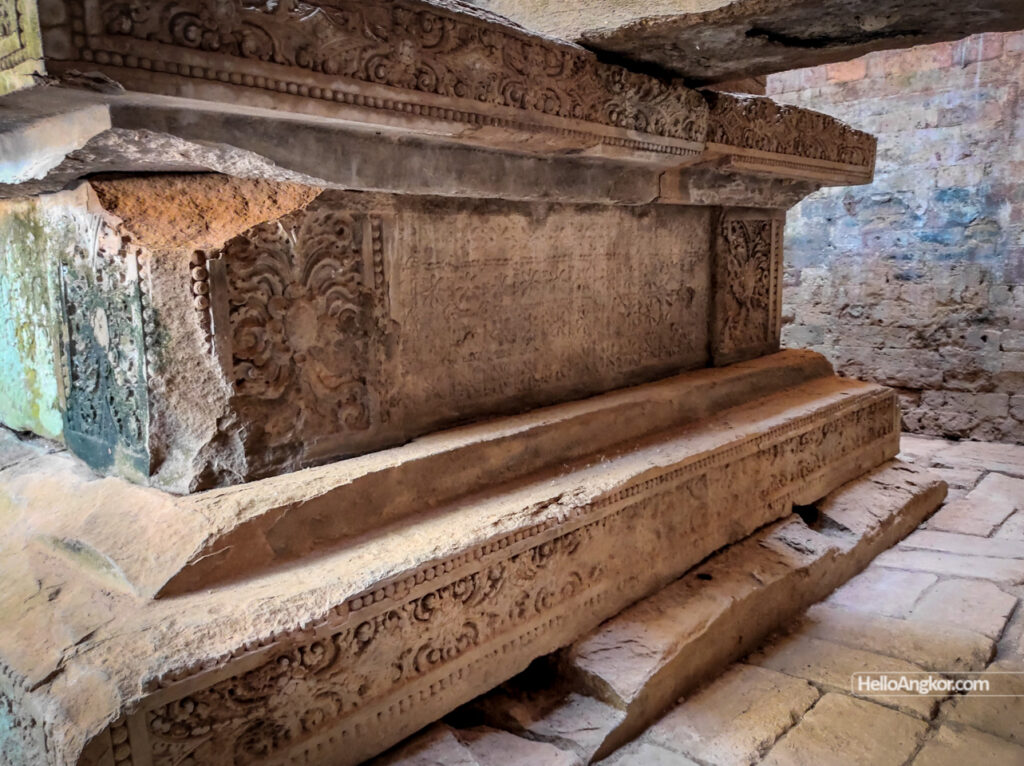
N1 – the central terrace and temple. The central temple is partly intact and one could assume it to have perhaps been similar to N11 but on a grander scale. Note the decorative elements around the base of the terrace, which amazingly retains stucco rendering in places, and also around the base of the temple. Like others, the ‘flying palaces’ adorn the exterior walls. Only the base remains of the small temples that sat at each corner.
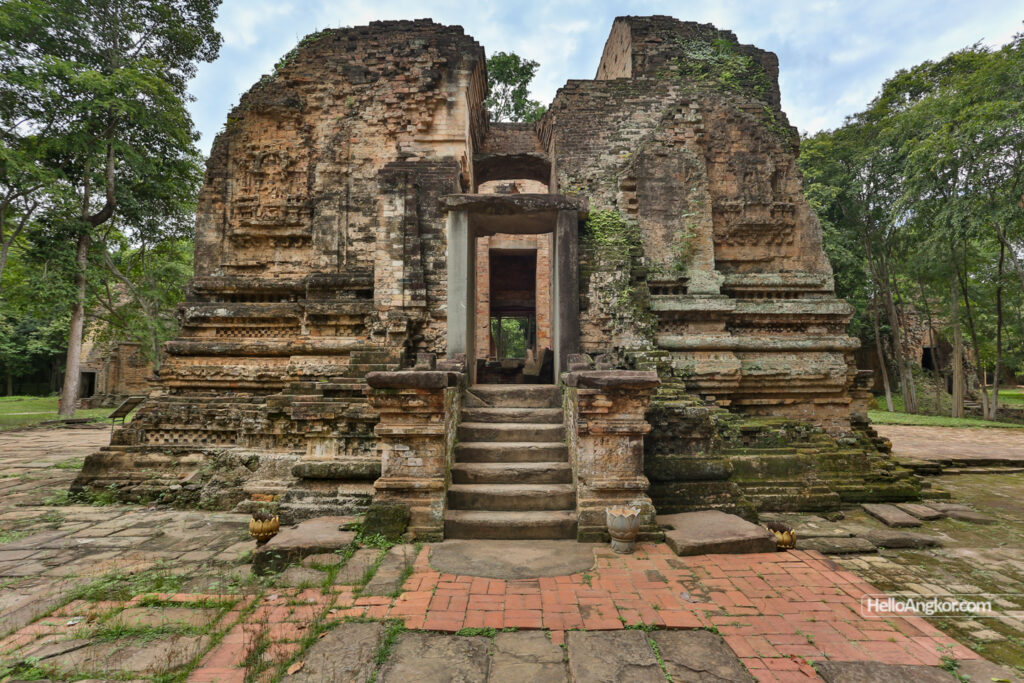
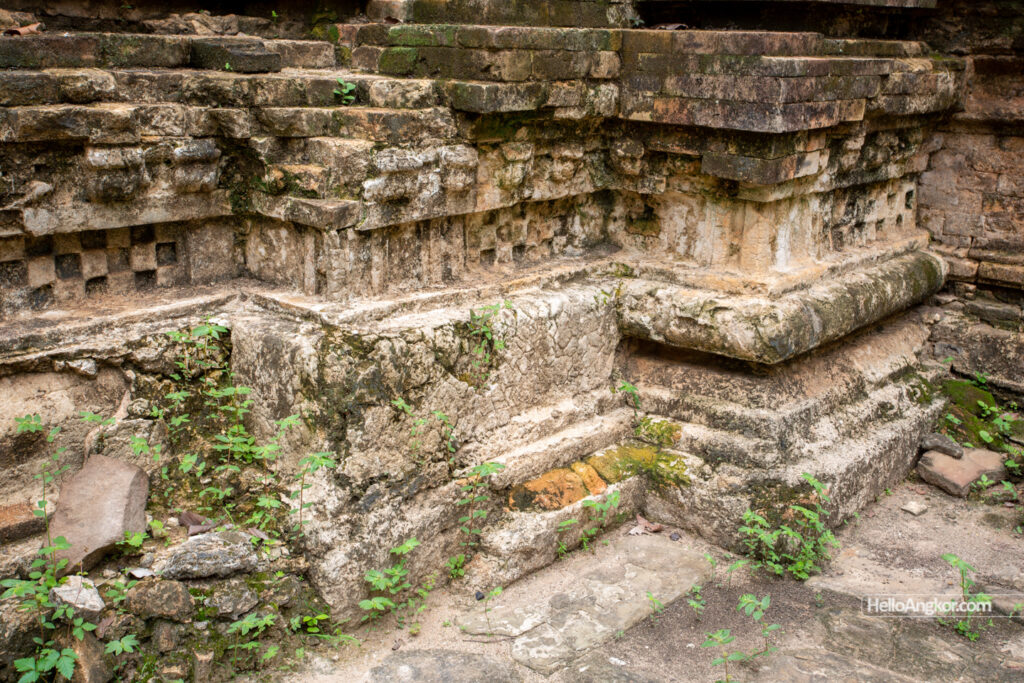
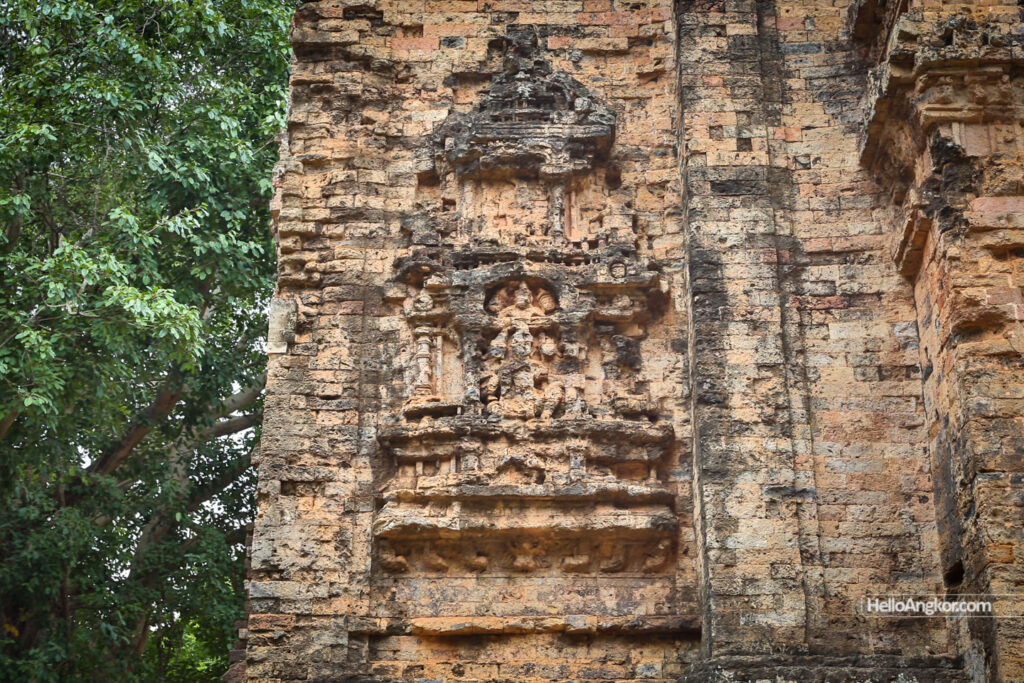
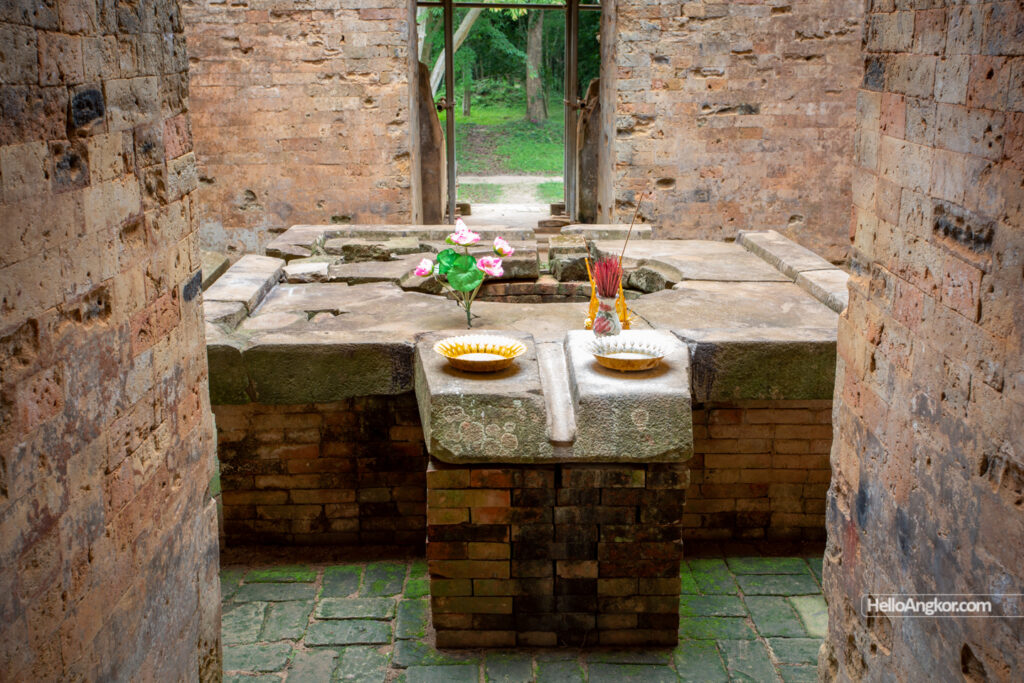
East Gopura of the 2nd enclosure and Causeway – you can walk out and follow this earthen causeway for some way to the east, today the surrounding area is mostly used to grow rice.


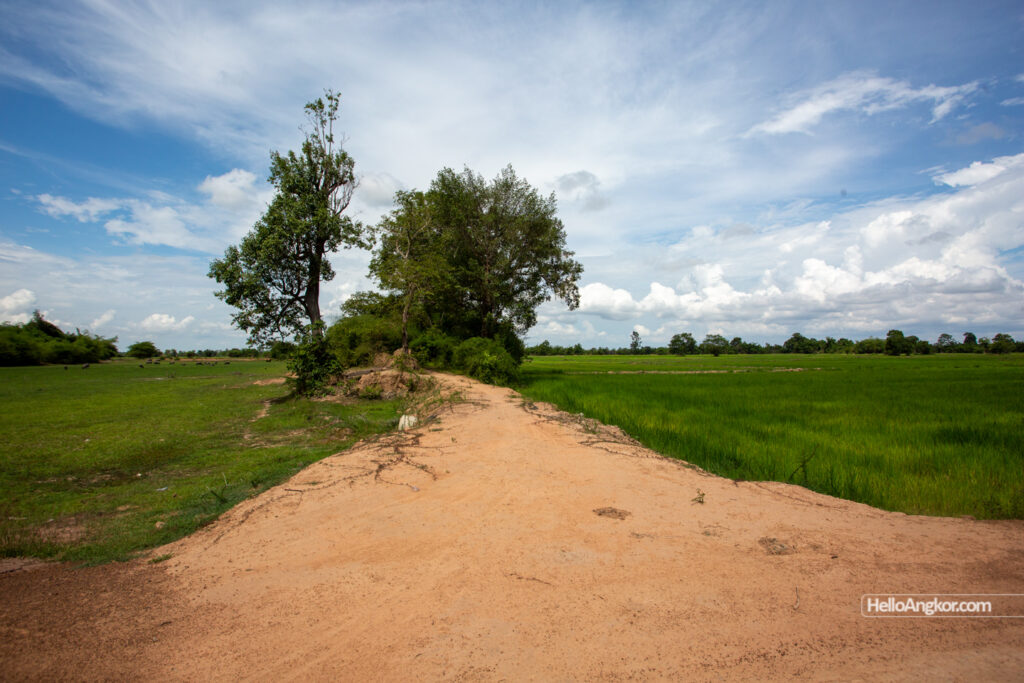
Inscriptions
- K. 436 – gopura – 34 lines of Sanskrit – IC IV p 20
- K. 437 – N14 – 7 lines of Sanskrit and 29 lines of Khmer – IC IV p 24
Reference and Recommended Reading
- Estimated Construction Order of the Major Shrines of Sambor Prei Kuk Based on an Analysis of Bricks – Ichita Shimoda, Etsuo Uchida, Kojiro Tsuda, 2019
Map
Site Info
- Site Name: Prasat Sambor (Pr.) Khmer Name: ប្រាសាទ សំបូរព្រៃគុក
- Reference ID: HA25629 | Posted: February 28, 2022 | Last Update: August 8th, 2023
- Other Names: N.1
- Tags/Group: 7th century, pr, ra, Sambor Prei Kuk, T4, Temples
- Location: Kampong Thom Province > Prasat Sambour District > Sambour Commune > Sambour Village

